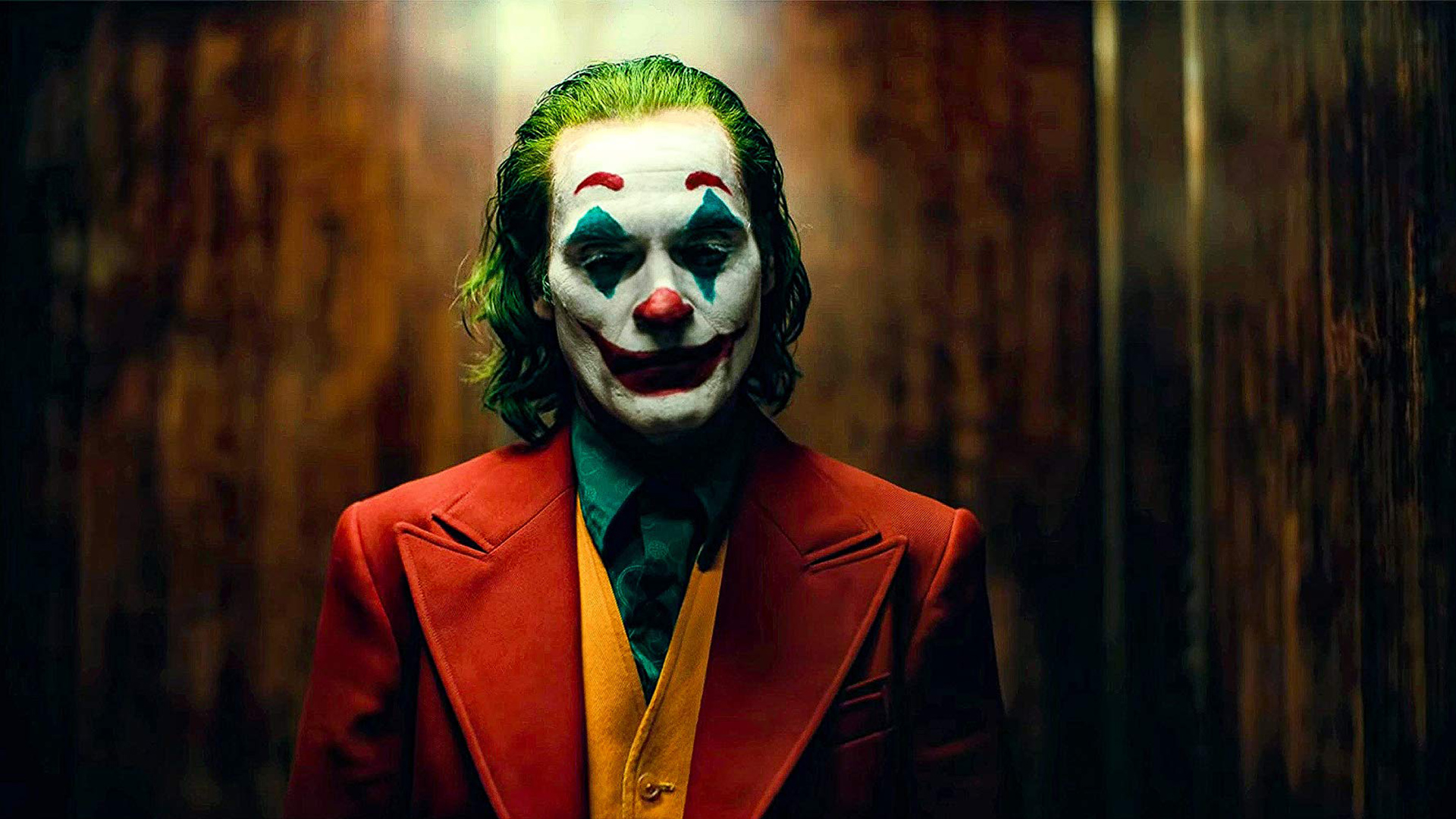By: 100WIND |
Color has always been an integral part of filmmaking. It has the power to evoke emotions, create mood, and enhance the storytelling. Color theory is the study of how different hues, tones, and saturation can affect the audience's perception and emotional response to a visual image. In this article, we'll take a closer look at the use of color theory in three popular films: Blade Runner 2049, Joker, and Moonlight.
Blade Runner 2049 (2017)




Blade Runner 2049 is a visually stunning film that pays homage to its 1982 predecessor, Blade Runner. The film's color palette is dominated by incredible tones, such as vibrant burnt oranges as well as blues, grays, and silvers, which reinforce the futuristic and dystopian atmosphere. The film's use of color also serves to create contrast and define the different environments. For example, the neon-lit city streets are depicted in a warm orange, while the interiors of the buildings are cool and sterile. The use of color in Blade Runner 2049 is crucial in establishing the mood and reinforcing the themes of the film.
Joker (2019)




Joker is a film that explores the origins of the famous Batman villain, the Joker. The film's color palette is dominated by muted, desaturated tones, with occasional pops of color, such as the Joker's distinctive red suit. This color palette serves to reinforce the film's themes of isolation, mental illness, and the decay of society. The use of muted colors also creates a sense of realism, grounding the film in a believable world. The film's cinematography is also noteworthy, as the cinematographer, Lawrence Sher, utilized a "one-point perspective," which is a technique that emphasizes a single dominant color in each shot. This technique helps to focus the audience's attention on specific details and reinforces the film's themes.
Moonlight (2016)




Moonlight is a coming-of-age story that follows a young African-American man, Chiron, as he navigates through childhood, adolescence, and adulthood. The film's use of color is a departure from the traditional Hollywood color palette, as it is dominated by cool blues and greens. This color palette serves to reinforce the film's themes of isolation, masculinity, and identity. The film's cinematography is also noteworthy, as the cinematographer, James Laxton, utilized a "color-grading" technique, which is a process of adjusting the hues and saturation of the film in post-production. This technique serves to reinforce the film's themes and creates a dreamlike atmosphere, as if Chiron's experiences are happening in a parallel world.
In Conclusion,
The use of color theory in film is a powerful tool that can enhance the storytelling, reinforce themes, and evoke emotions. The three films analyzed in this article, Blade Runner 2049, Joker, and Moonlight, demonstrate the various ways that color can be utilized to create a visual palette that serves the film's narrative. From the cool, dystopian tones of Blade Runner 2049, to the muted and desaturated tones of Joker, to the dreamlike blues and greens of Moonlight, these films showcase the impact color can have in filmmaking.

